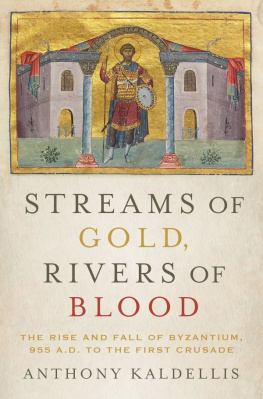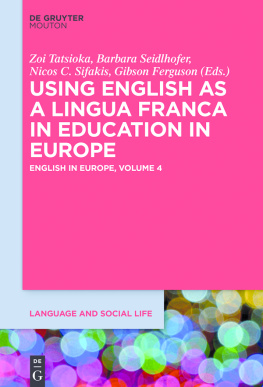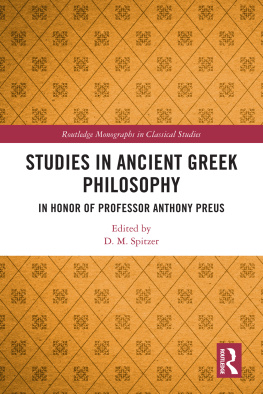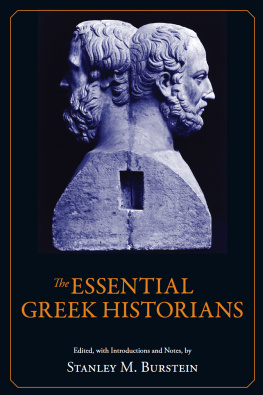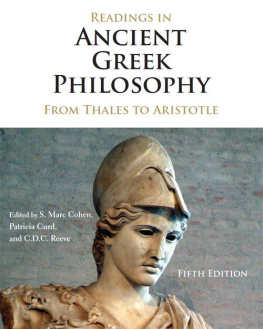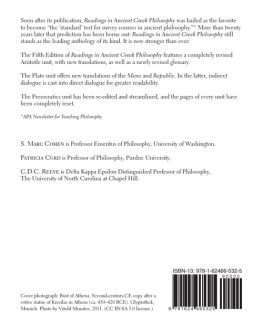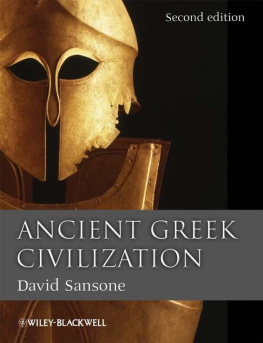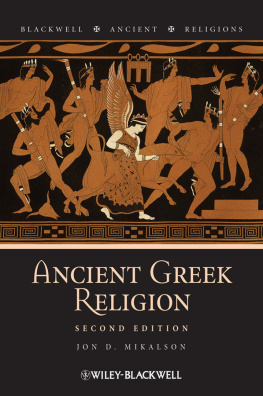
BYZANTINE READINGS OF ANCIENT HISTORIANS
The survival of ancient Greek historiography is largely due to its preservation by Byzantine copyists and scholars. This process entailed selection, adaptation, and commentary, which shaped the corpus of Greek historiography in its transmission. By investigating those choices, Kaldellis enables readers to gain a better understanding of the reception and survival of Greek historical writing.
Byzantine Readings of Ancient Historians includes translations of texts written by Byzantines on specific ancient historians. Each translated text is accompanied by an introduction and notes to highlight the specific context and purpose of its composition. In order to present a rounded picture of the reception of Greek historiography in Byzantium, a wide range of genres have been considered, such as poems and epigrams, essays, personalized scholia, and commentaries. Byzantine Readings of Ancient Historians is therefore an important resource for scholars and students of ancient history.
Anthony Kaldellis is Professor of Classics at the Ohio State University. His areas of expertise include Byzantine studies and Greek historiography.
Routledge Classical Translations
Also available from Routledge:
Ctesias History of Persia: Tales of the Orient
Lloyd Llewellyn-Jones and James Robson
The History of Zonaras: From Alexander Severus to the Death of Theodosius the Great
Trans. by Thomas M. Banchich and Eugene N. Lane
Introduction and commentary by Thomas M. Banchich
Greek and Roman Military Writers: Selected Readings
Brian Campbell
Ancient Greek Literary Letters: Selections in Translation
Patricia A. Rosenmeyer
Coming soon:
The Lost History of Peter the Patrician: An Account of Romes Imperial Past from the Age of Justinian
Thomas M. Banchich
BYZANTINE READINGS OF ANCIENT HISTORIANS
Texts in translation with introductions and notes
Anthony Kaldellis

First published 2015
by Routledge
2 Park Square, Milton Park, Abingdon, Oxon OX14 4RN
and by Routledge
711 Third Avenue, New York, NY 10017
Routledge is an imprint of the Taylor & Francis Group, an informa business
2015 A. Kaldellis
The right of Anthony Kaldellis to be identified as author of this work has been asserted by him in accordance with sections 77 and 78 of the Copyright, Designs and Patents Act 1988.
All rights reserved. No part of this book may be reprinted or reproduced or utilised in any form or by any electronic, mechanical, or other means, now known or hereafter invented, including photocopying and recording, or in any information storage or retrieval system, without permission in writing from the publishers.
Trademark notice: Product or corporate names may be trademarks or registered trademarks, and are used only for identification and explanation without intent to infringe.
British Library Cataloguing-in-Publication Data
A catalogue record for this book is available from the British Library
Library of Congress Cataloging-in-Publication Data
A catalog record for this book has been requested
ISBN: 978-0-415-73232-1 (hbk)
ISBN: 978-1-315-72006-7 (ebk)
Typeset in Garamond
by Swales & Willis Ltd, Exeter, Devon, UK
CONTENTS
The present volume contains translations of a range of texts which illustrate how Byzantine readers interacted with ancient historio-graphy between the ninth and fifteenth centuries. It excludes the major corpus of such discussions in Photios Bibliotheke, which will hopefully appear separately in a later volume of this series. I thank Matthew Gibbons at Routledge for supporting this series, an ideal venue for classicists and Byzantinists to talk to each other. Also, for valuable help with the translation and discussion of many of the texts in this volume, I thank Ilias Anagnostakis, Stephanos Efthymiades, Scott Kennedy, Charis Messis, Ioannis Polemis, and the two anonymous readers of the press, who also made valuable suggestions.
The core of this volume is a series of translations of texts that reveal the multifaceted ways in which Byzantine intellectuals read and responded to ancient historiography. It includes poems, the prefaces to the Constantinian Excerpta, scholia in manuscripts, essays with reflections on ancient history, and a longish commentary though it excludes the entries on historians in Photios Bibliotheke, to which a later volume in this series will be devoted. This book is addressed to a general scholarly audience. It hopes to draw classicists into a discussion with Byzantinists about questions of reception, transmission, and the reciprocal influence of ancient historiography and Byzantine intellectual culture. But as Byzantium is an arcane and inaccessible field to non-specialists, and as even most Byzantinists themselves specialize in various subdisciplines and are not necessarily familiar with all the authors who make up the polyphony of this volume, detailed introductions or commentaries were deemed necessary. Thus the translated text is sometimes a smaller part of its respective chapter (as with the Excerpta), but sometimes it accounts for the bulk of it (as with Kanaboutzes commentary on Dionysios). The goal of this project is, as mentioned, to expose reciprocal influences: how, out of the many hundreds of historical texts that were written in antiquity, Byzantine tastes, needs, and choices fundamentally shaped the canon of Greek historiography that we have today; and, conversely, how the Byzantines were themselves shaped in their historical thinking by the works of the ancient masters that they chose, for so many various reasons, to keep, copy, and study through the centuries. The following introduction explores these two themes.
RECEPTION IN A STRONG SENSE
Among many classicists and even more Byzantinists, reception usually refers to the later history of a thing, to the ways in which it was perceived, adapted, and used by individuals or cultures subsequent to the moment of its creation. The thing in question may be a text, artifact, monument, person, moment in history, or entire culture. The study of its reception is thus a subordinate project to the study of its original form and meaning and of the context and purpose of its creation, or first life. In most cases, it is an exercise in curiosity that offers little or nothing of importance to the classicist. At best one may turn up an interesting Byzantine reading of an ancient author that complements or confirms a modern reading arrived at independently by other means, but usually it yields readings that tell us more about Byzantium than about the ancient author; or it may explain why the thing in question, or knowledge of it, survived at all. But most of the time the results are trivial or nonexistent for the classicist, good for footnotes at best. No scholar of Plato cares how Prodromos read Plato, and no modern scholar of ancient Greek historiography has turned to Byzantine authors for guidance.
This is a weak sense of reception, and it is not theoretically challenging. Perhaps we should just call this version the Nachleben (afterlife) of a subject, and use reception for a different project of inquiry. What if the form, identity, or constitution of our artifact was not a settled matter at the point of reception but in fact took shape after it, through the very process of reception? A great deal of modern theory (often called postmodern) challenges the notion that things have fixed essences and finite moments of creation that encode specific original intentions. What if our artifact came into being gradually, through the accretion of layered meanings and the interventions of later users? We must remember that our vantage point is backward: what we see first, our first impressions of a cultural artifact, are precisely the later interventions. These often form our basic, common sense view of it, which we often mistake for a (putative) original. This is the predicament of reception.
Next page

